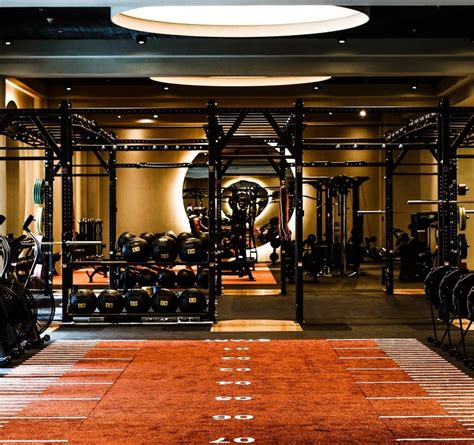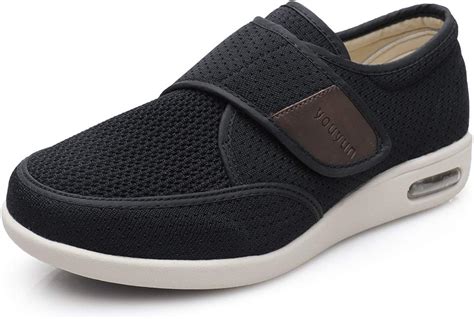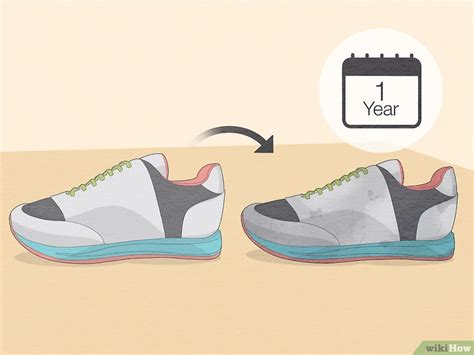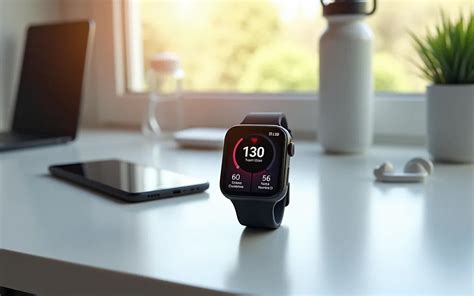Why Do Gym Shoes Wear Out So Quickly?
It’s a common frustration: you invest in a new pair of workout shoes, only to find them breaking down much faster than expected. The culprit isn’t always poor quality, but often a combination of intense usage, specific types of exercise, and overlooking key durability factors during purchase. From worn-out soles to collapsed cushioning and torn uppers, rapid deterioration can compromise your performance and even lead to injury. Understanding what makes a shoe last and offer sustained support is crucial for any active individual.
The rigorous demands of gym workouts – lateral movements, heavy lifts, explosive jumps, and repetitive cardio – put immense stress on footwear. Different activities require different shoe structures, and using a general-purpose trainer for highly specialized tasks can accelerate wear. Moreover, individual biomechanics, foot strike patterns, and even body weight play a significant role in how quickly shoes degrade.

Key Factors for Durable & Supportive Workout Sneakers
Durability: What to Look For
- Outsole Material: Look for shoes with high-abrasion rubber compounds, especially in high-impact zones. Carbon rubber is often more durable than blown rubber. Deep, multi-directional tread patterns also contribute to longevity and grip.
- Midsole Density: While cushioning is important, extremely soft midsoles can compress and lose their responsiveness quickly. A denser EVA (Ethylene-vinyl acetate) or PU (Polyurethane) foam, sometimes combined with harder inserts, provides better long-term support and resistance to breakdown.
- Upper Construction: Engineered mesh, ripstop fabrics, and synthetic leather overlays offer superior resistance to tearing and stretching compared to standard mesh. Reinforced toe caps and heel counters also extend the shoe’s life.
Support: What Your Feet Need
- Arch Support & Stability: Depending on your foot type (neutral, pronator, supinator), you’ll need shoes that offer appropriate arch support. Stability shoes often feature a firmer post on the medial side to prevent overpronation.
- Heel & Ankle Security: A well-constructed heel counter provides stability, preventing your heel from slipping and offering a secure lockdown. This is particularly important for activities involving heavy lifting or quick changes in direction.
- Cushioning & Responsiveness: The ideal balance of cushioning should absorb impact without feeling mushy. Some shoes use responsive foams or air units that return energy, offering a springier feel that lasts through many workouts.

Top Contenders: Types of Durable & Supportive Workout Shoes
For General Training & CrossFit
For versatile gym-goers, shoes designed for functional fitness are ideal. These often feature flat, stable soles for lifting, durable uppers to withstand rope climbs, and a moderate drop (heel-to-toe differential). Look for models with reinforced sidewalls for lateral stability and a wide toe box for splaying during lifts. Examples would be shoes specifically marketed for cross-training or CrossFit.
For Running & High-Impact Cardio
If your workouts primarily involve running, jumping, or intense cardio, you’ll need a shoe with superior cushioning and impact absorption. Running shoes are designed with specialized midsoles and outsoles to handle repetitive pounding. Prioritize models known for their responsive foam technology and durable rubber outsoles that can withstand miles on treadmills or pavement.
For Lifting & Stability
For those focused on strength training and Olympic lifts, stability is paramount. Dedicated weightlifting shoes often have a raised, incompressible heel and a very firm, flat sole to maximize ground contact and support. For general weight training, a trainer with a minimal drop and a stable, wide base will provide the necessary support without excessive cushioning.

Beyond the Purchase: Maximizing Your Shoe’s Lifespan
Even the most durable shoes benefit from proper care. Firstly, ensure you have the correct fit; ill-fitting shoes wear out faster in specific areas due to improper stress distribution. Secondly, consider rotating between two pairs of workout shoes. This allows the cushioning to decompress and air out, extending the life of both pairs. Finally, clean your shoes regularly, removing dirt and debris that can break down materials, and air them out to prevent odor and mildew.
Furthermore, using shoes for their intended purpose is critical. Don’t run long distances in a minimalist lifting shoe, and avoid heavy squats in highly cushioned running shoes. Each type is engineered for specific movements, and deviating from that can put undue stress on the shoe’s construction, leading to premature wear and tear.

When to Replace Your Workout Shoes
No shoe lasts forever. General guidelines suggest replacing running shoes every 300-500 miles, or every 6-12 months for regular gym-goers. However, watch for physical signs of wear: a flattened or compressed midsole, worn-through outsole tread, visible tears in the upper, or persistent aches and pains in your feet, knees, or hips after workouts. These are clear indicators that your shoes have lost their protective qualities and it’s time for an upgrade.

Invest Wisely for Lasting Performance
Choosing durable and supportive workout sneakers is an investment in your performance, comfort, and injury prevention. By understanding the critical features of construction, selecting shoes appropriate for your primary activities, and practicing good shoe care, you can significantly extend the life of your athletic footwear. Prioritize quality materials and intelligent design, and you’ll find shoes that stand up to the challenge of your toughest workouts, lasting longer and supporting you every step of the way.




